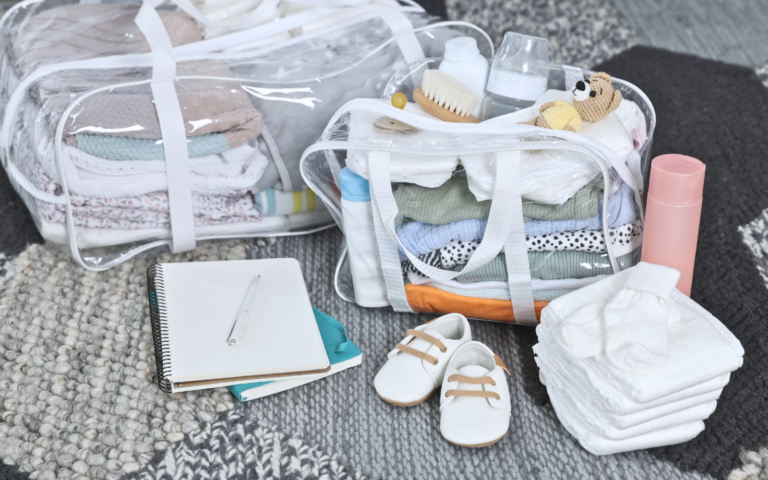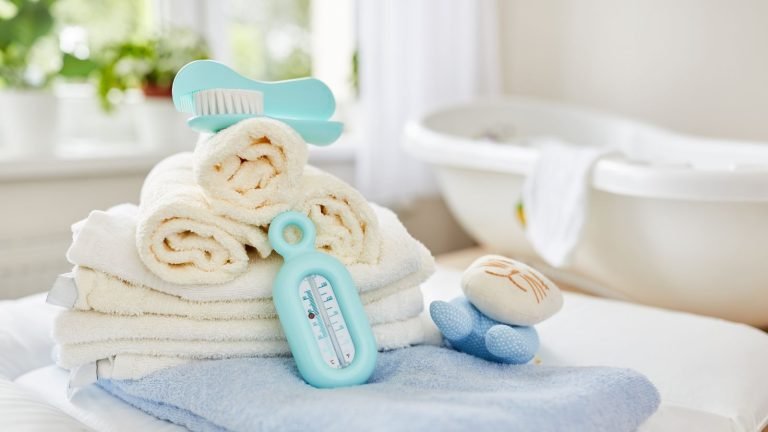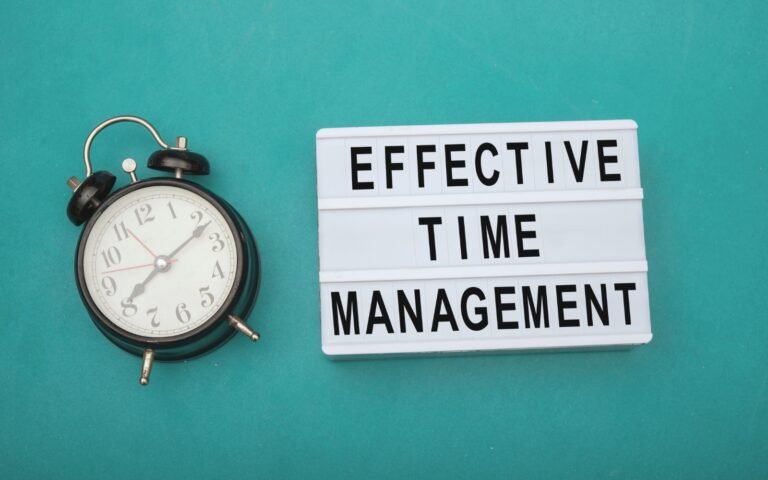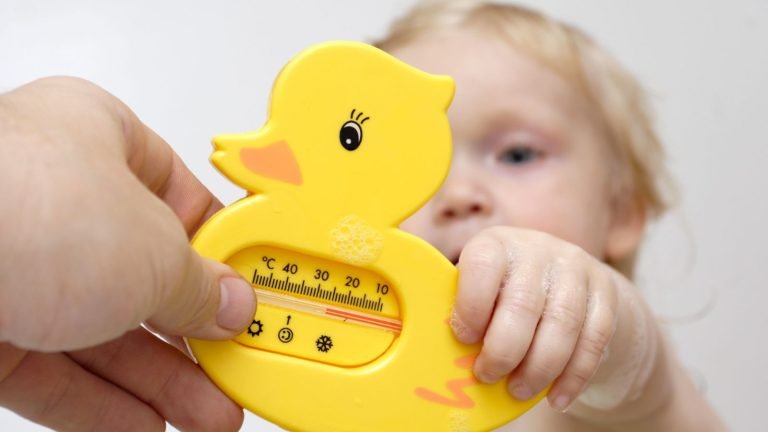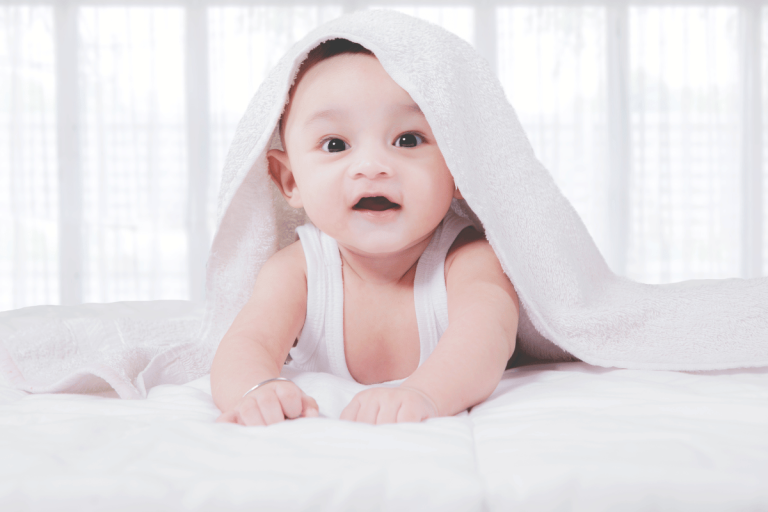Choosing The Right Baby Bottle Size: Your Ultimate Guide in 2025
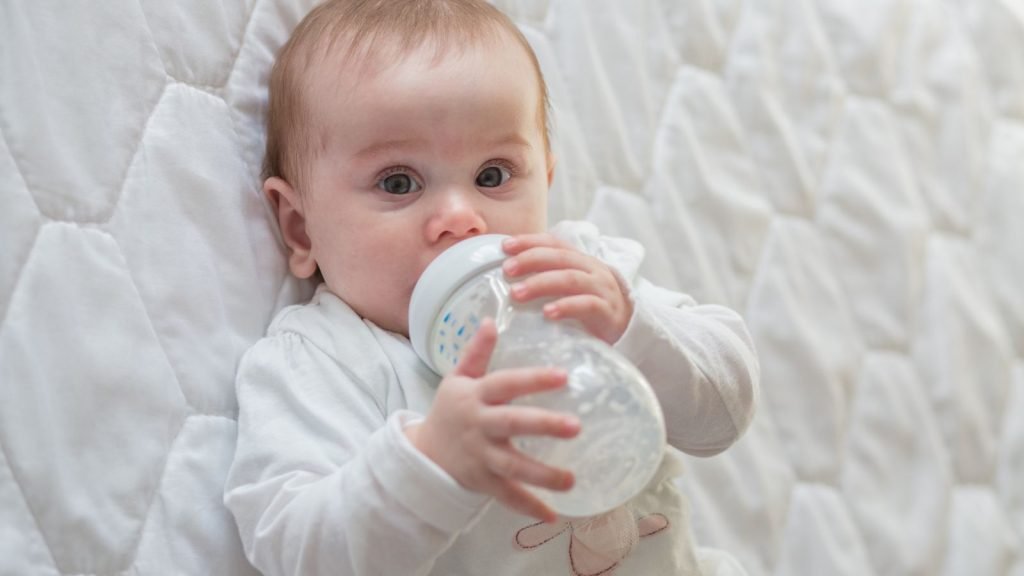
As new parents, are you unsure about choosing the right baby bottle size for your little one? Selecting the correct bottle size is important for your baby’s comfort and to prevent issues like overfeeding or taking in too much air.
This post will guide to choosing you through the key factors to consider when selecting the ideal baby bottle size for your bundle of joy. By the end, you’ll know how to decide about bottle size that promotes your baby’s health and happiness at feeding time.
Factors to Consider When Choosing The Right Baby Bottle Size
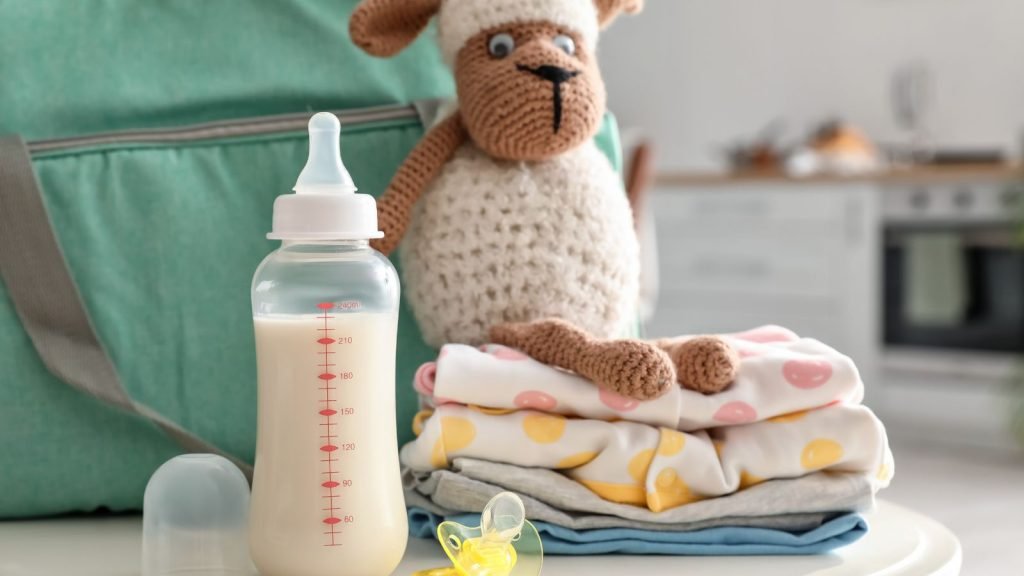
When selecting the right baby bottle size, several factors must be considered. The appropriate bottle size can make feeding time more comfortable and efficient for you and your little one.
Baby’s Age and Development Stage
As your baby grows, their feeding needs will change. Newborns typically require smaller feeding bottles, around 4-5 ounces, to accommodate their tiny tummies. As they grow older and can consume more milk, you may need to transition to larger bottles, ranging from 8-10 ounces.
Feeding Pattern
Some babies prefer to eat smaller amounts more frequently, while others prefer larger servings less often. Observing your baby’s feeding patterns can help you determine the right bottle size. If your baby tends to finish a smaller bottle quickly, it may be time to move up a size.
Appetite and Eating Habits
Every baby is unique, and their appetites can vary. Some babies may be content with smaller bottles, while others may need larger bottles to feel satisfied. Pay attention to your baby’s sign and adjust the bottle size accordingly.
Convenience and Portability
Smaller bottles can be more convenient for travel or when you’re on the go, as they take up less space and are lighter to carry. However, larger bottles may be more practical for longer outings or overnight stays, as you won’t need to prepare as many bottles.
Common Baby Bottle Sizes

When choosing the right bottle size, it’s important to consider your baby’s age, feeding habits, and appetite. Here are some common bottle sizes and their recommended uses:
Newborn (2-4 oz)
These petite plastic or glass bottles with slow-flow nipples are ideal for the first few weeks when newborn babies feed frequently and take in smaller amounts of breast milk or formula. The smaller size helps prevent your baby from swallowing air and overfeeding.
Small (4-6 oz)
As your infant’s appetite increases, small bottles allow for slightly larger feedings while providing a slow, controlled milk flow to prevent your baby from swallowing air. These bottles are often made of BPA-free plastic or glass and come with disposable plastic liners or silicone sleeves.
Medium (6-8 oz)
Many babies graduate to these mid-sized bottles around 3-4 months old. The added capacity and faster flow nipples accommodate their growing hunger and ability to ingest more milk per feeding. Vented bottles in this size can help reduce colic by allowing air to flow through the bottle.
Large (8-10 oz)
Large bottles ensure older babies who have moved to fewer, larger meals can get their fill in one sitting. The ample size also reduces air intake, helping to minimize colic with anti-colic bottles. These bottles are often heavier and may be made of glass or thicker plastic to withstand frequent use.
Additional Considerations
When choosing a baby bottle, it’s important to consider the material (plastic, glass, or silicone), nipple flow rate, and ease of cleaning. Some parents prefer bottles that mimic sucking on a human breast, while others prioritize convenience and portability. Finally, the right bottle size and type will depend on your baby’s needs and preferences.
Tips for Selecting the Right Baby Bottle Size
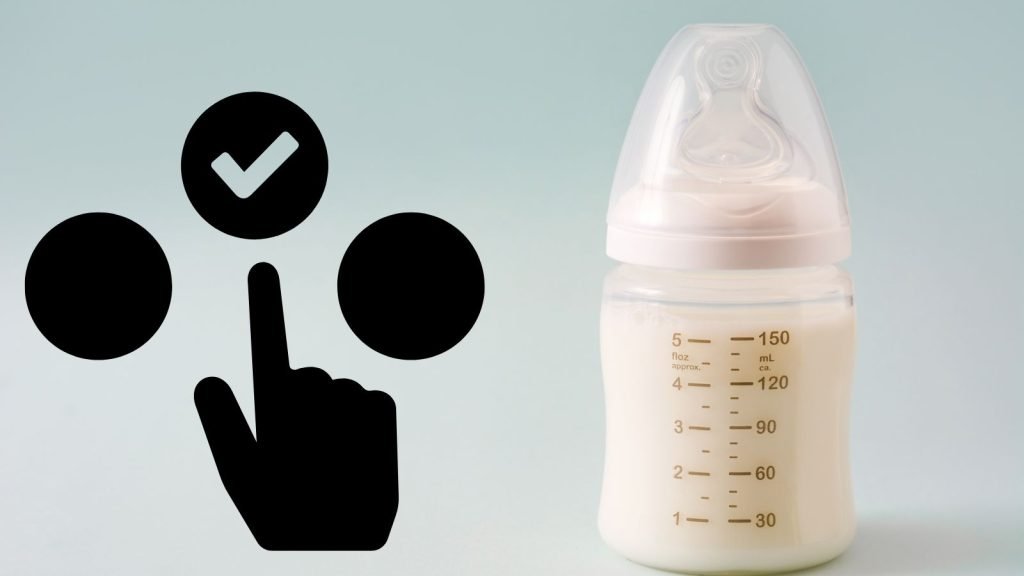
Start Small
For newborns, begin with smaller 2-4 oz plastic baby bottles or glass bottles and slow-flow nipples made of latex or silicone designed to mimic sucking on a human breast. This helps prevent overfeeding and allows the baby to take in breast milk or infant formula at a comfortable pace.
Watch Their Cues
As your little one grows, observe their hunger cues and feeding patterns. If they seem unsatisfied after bottles or want more frequent feedings, it may be time to size up to larger bottles. Look for bottles that are easier to clean and don’t have many extra parts.
Vary by Feeding
Consider using different bottle sizes for different feeding times. Smaller 4-6 oz BPA-free plastic bottles may be ideal for snack feeds, while larger 8-10 oz vented bottles with disposable plastic liners can help reduce colic and allow babies to fill up during main meals.
Get Expert Advice
Every baby is different, so consult your pediatrician or lactation consultant, especially if you are exclusively bottle-feeding or transitioning a breastfed baby. They can provide personalized guidance on proper bottle sizing and feeding techniques based on your baby’s age, development stage, and appetite.
Transitioning to Different Baby Bottle Sizes
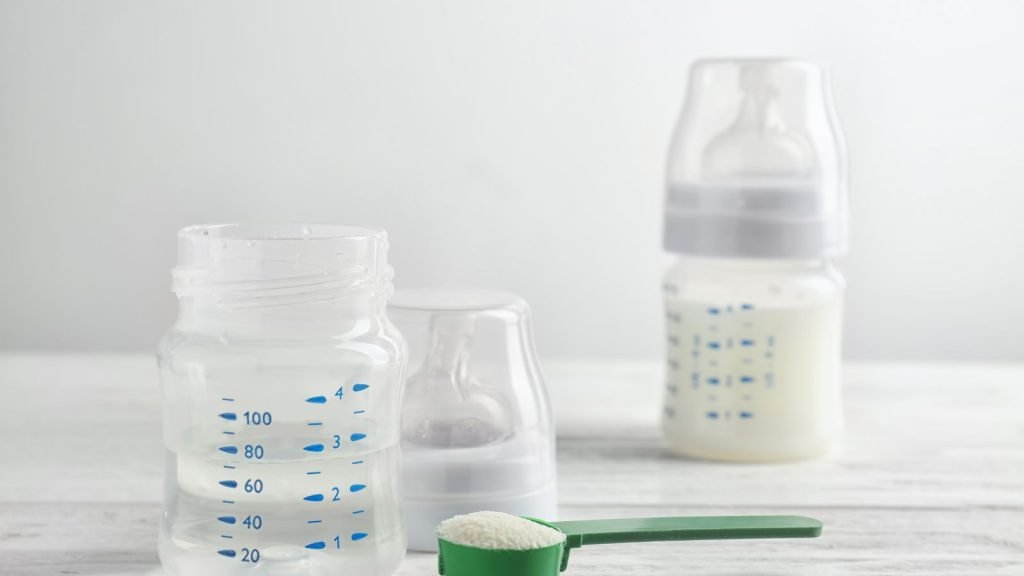
As your newborn grows, their bottle-feeding needs will change. Knowing the signs that your baby may need a larger or smaller bottle can help smooth the transition and ensure you find the right bottle.
Signs Baby Needs a Different Bottle Size
- Frustration while feeding and gulping air (may need a larger bottle)
- Still seems hungry after finishing smaller bottles (they may need a larger bottle)
- Milk dribbling out of their mouth with larger bottles (may need a smaller bottle)
How to Introduce a New Bottle Size
- Gradually introduce the new bottle or nipple size over several days.
- Offer a few ounces from the new bottle after breastfeeding or bottle-feeding to get the baby used to the new milk flow rate.
When to Transition Bottle Sizes
- Most newborns start with slow-flow nipples on smaller 2-4 oz bottles. As the baby grows, they’ll need larger 8-9 oz vented bottles with faster flow nipples around 3-6 months to prevent swallowing air.
- Transition to sippy cups or regular cups around 12 months
Baby Bottle Buying Tips
- Have several different bottle sizes and types on hand as the baby grows
- Try bottles from different brands to find the right nipple flow and material (plastic, glass, silicone)
- Choose BPA-free, disposable plastic or glass bottles to avoid chemicals
- Replace baby bottle nipples regularly, as they can deteriorate over time and develop cracks.
Conclusion:
Selecting the right baby bottle size ensures a comfortable and safe feeding experience as your little one grows. Start with 2-4 oz newborn bottles and gradual-flow nipples, progressively upgrading to 8-9 oz with faster flow around 3-6 months.
Accommodate to baby’s cues like frustration or wanting more milk to adjust sizing. An assortment allows seamless adaptation as needs evolve, including the sippy cup transfer nearly 12 months ago.
With flexibility and the appropriate bottle sizes for each stage, feedings can become a smoother and more enjoyable experience for babies and parents.
Frequently Asked Questions
What Is The Most Common Baby Bottle Size?
The 8 oz (240 ml) baby bottle is one of babies’ most popular and versatile sizes.
How Do I Know When to Size Up My Baby’s Bottle?
Watch for cues that the current bottle is too small, such as your baby seeming unsatisfied after draining a bottle, wanting to feed more frequently, or milk dribbling out while feeding. Sizing up allows them to take in more during each feeding session.
What Are the Different Types of Baby Bottles?
What Are the Best Natural Baby Probiotics?
How Do Baby Bottle Sizes Work?
Bottle sizes for newborns start very small, around 2-4 oz, with slow-flow nipples. As babies grow, you’ll want larger bottle sizes, like 6-8 oz, with faster-flow nipples to keep up with their appetite.
What Are Standard Baby Bottle Sizes?
Common standard baby bottle sizes include:
- Newborn: 2-4 oz
- Small: 4-6 oz
- Medium: 6-8 oz
- Large: 8-10 oz
